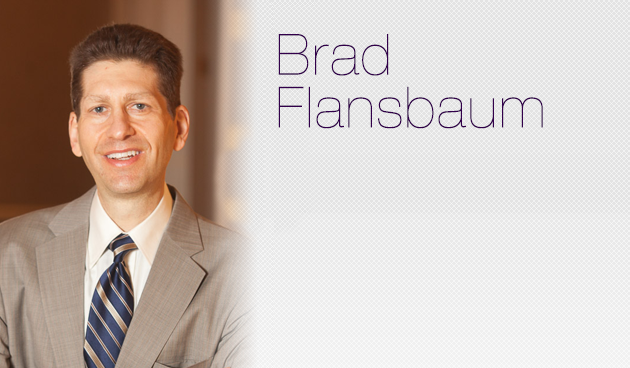Fill in the Blanks:
Q: “The diagnosis of type 2 MI is associated with a _____ prognosis. ___% of patients will live five years after their diagnosis.”
The answer is a) POOR and b) a staggering 40%. I did not know that. However, what I am aware of is the ambiguity around Type 2 MIs and what their presence in a patient presentation implies. For years, I have caught fellows and colleagues stating, “oh, its demand ischemia.” Not once, have I heard that and accepted the description as satisfying. Not a single time.
I ask specialists, “Okay, then what—what’s next and does saying demand ischemia translate to no monitoring, no new meds, and carry on with what you planned on doing because it is not Type 1.” I get shrugs.
No definition has befuddled and confused more than the one below:
“Mismatch between myocardial oxygen supply and demand driven by a secondary process other than coronary artery disease.”
A commentary in JAMA, and it’s short and a 5-10 minute read tops, puts into words EXACTLY what I have felt for the last decade since the moniker came into vogue. They extol in clear terms, we have little data and do not know what the hell we are doing when we manage this problem.
What we have gleaned, however, is a Type 2 MI accompanying any multi-morbid presentation portends a lousy prognosis–even worse than a Type I. Again, we don’t know next steps in management and what drugs to start, if any. Grande problemo.
Channeling Voltaire, and perhaps more apropos to the condition, we might better characterize Type 2 as such: “The art of medicine consists of amusing the patient while nature cures the disease.”
If your group runs a journal club, this would make a killer topic. Go to it.



Leave A Comment